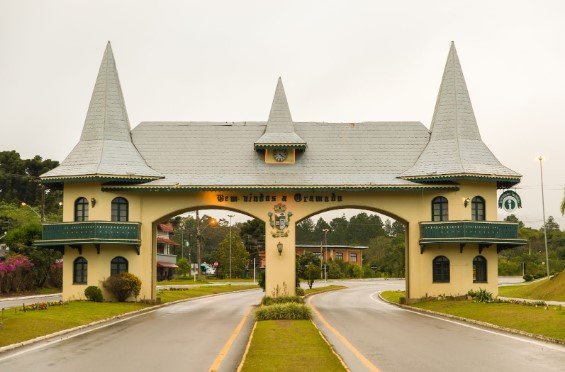[ad_1]
Tocantins It is the youngest state in Brazil.
THE origin of your name comes from the Tupi language, specifically from the words “tukan” (toucan) and “tin” (nose).
This name was not chosen at random, as it represents the curved shape of the confluence between the Araguaia and Tocantins rivers.
This region of rivers forms the “Parrot’s Beak”.
The name Tocantins is rich in culture, history and geography and pays homage to the local fauna, the indigenous tribes that inhabited the region and the nature that brings so much identity to our state.

When was Tocantins created?
Tocantins was officially established on October 5, 1988, due to the division of the state of Tocantins from northern Goiás.
Separatist movements that began in 1821 were consolidated and were marked by the influential leadership of Siqueira Campos.
Then a popular amendment was presented and approved, and during the 1987 Constituent Assembly, the state of Tocantins was consolidated as an independent state.
Currently the state has 139 cities and its capital is Palmas.
What symbols represent Tocantins?
Tocantins has some official symbols, including:
- “CO YVY ORE RETAMA” which in Tupi means “THIS LAND IS OURS”.
This symbol was adopted on January 1, 1989.
- Green branches and blue bands represent the natural richness of Tocantins nature and the Araguaia and Tocantins rivers, respectively.
The Tocantins flag has a white stripe symbolizing peace and the golden sun represents hope.
THE Sunflower It is also an emblem of Tocantins and it represents the biodiversity of our lands, as well as oil production.
Acorn bean and the Caninde Macaw They are other symbols that represent the beauty and diversity of Tocantins.
Tocantins is more than a name, it is the identity of a young people who have a lot of stories to tell.
THE Hotel Relicario is proud to be part of this history.
[ad_2]
Source link



